In case you don’t know, the bilge is the lower section in the back of your boat that collects water that falls down on the floor of the boat when it rains or a wave crashes over.
A bilge pump is an essential part of the boat that helps keep the water out of your boat and saves it from flooding. They need regular supervision to be there in decent working conditions.
In other words, bilge is the deepest bottom of your boat. It’s the outward surface of a boat’s hull – I’m talking about the curvature under the flat deck that accumulates water.
Your boat might sink without the bilge area. However, bilge creates a problem for your boat by drawing all the water in; that’s where the pump comes into play.
How Do Bilge Pumps Work?
Bilge pumps drive the water out from the inside of your vessel. They’re wired to operate even when the boat engine is off. A good bilge system is essential for your boat or ship, they’re divided into 3 major categories – centrifugal, diaphragm, and electrical.
A standard system includes a bilge pump, a float switch, electrical wiring, and waterlines. Larger boats may require multiple bilge pumps as there might be several areas and compartments that collect water.
The bilge pump along with the float switch is designed to make sure the boat always maintains maximum freeboard by putting the excessive water (caused by rain, splash, or spill) out both automatically and manually.
It’s always a good idea to have backup pumps and manual pumps along with your standard units.
Why do you need a marine bilge pump?
-
Required by the law
Nuisance water in the bilge means the risks of a flood. Besides, it’s a strict maritime law that shipowners must have good bilge suction systems installed on their ships or boats to ensure the safety of the passengers on board.
-
Prevents flooding
Draining the bilge wells is a vital matter. Greasy water may get to the machines and damage them. It’ll impact the whole boat even if one compartment floods. One reason should be sufficient to convince you to keep your bilge pump system well-maintained – it can save your vessel from flooding.
Types of Bilge Pumps & How They Work
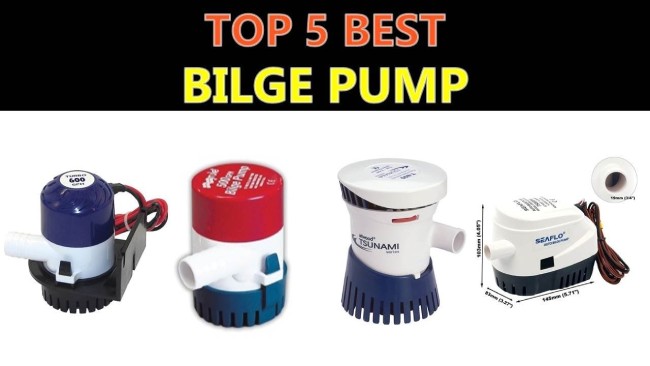
Centrifugal pump
This is the most popular type of bilge pump as they use centrifugal force to pump the water. This system includes an impeller, impeller blades, and a diffuser. The impeller blades change the water’s kinetic energy into speed and the diffuser converts this speed into compression.
These are cost-effective pumps that have great capacity and simple designs. They’re able to deliver a steady water flow and tackle small debris. Their popularity has begun to outweigh the reciprocating bilge pumps in recent years despite the fact that they don’t have self-priming options.
Centrifugal bilge pumps come in two different types –
1. Axial flow pump
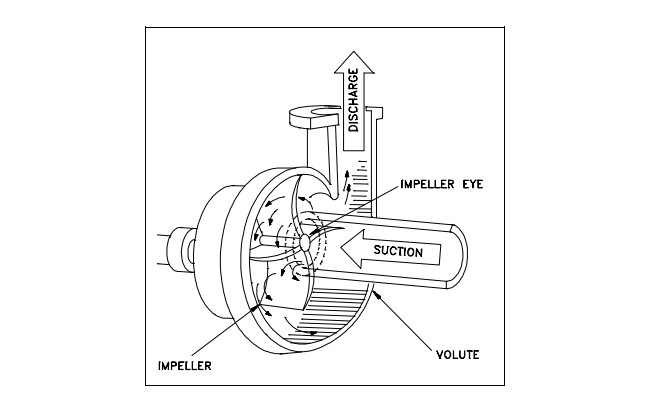
The water in the bilge radially gets into the impeller’s eye and the impeller pushes the water to the axial direction. The pump will maintain the rhythm as long as there’s enough water left.
2. Radial flow pump
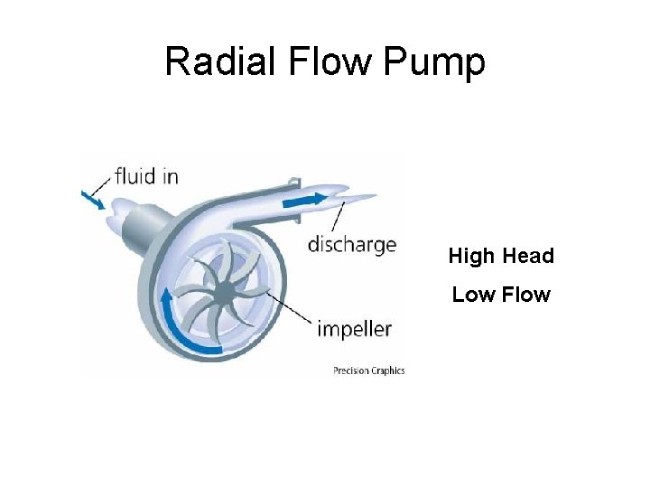
In the case of a radial flow pump, the water axially gets into the impeller eye and the impeller pushes the water out to the radial direction
Flexible impeller bilge pump

These are somewhat similar to centrifugal pumps but they differ in functionality. They are positive displacement pumps that use flexible rubber-made impellers to suck and discharge the water. You’ll find them with self-priming options but they seem less effective than their centrifugal counterparts.
They’re known for their capacity to handle solids and debris but can’t be operated in dry conditions like some other categories of positive displacement pumps.
Reciprocating pump
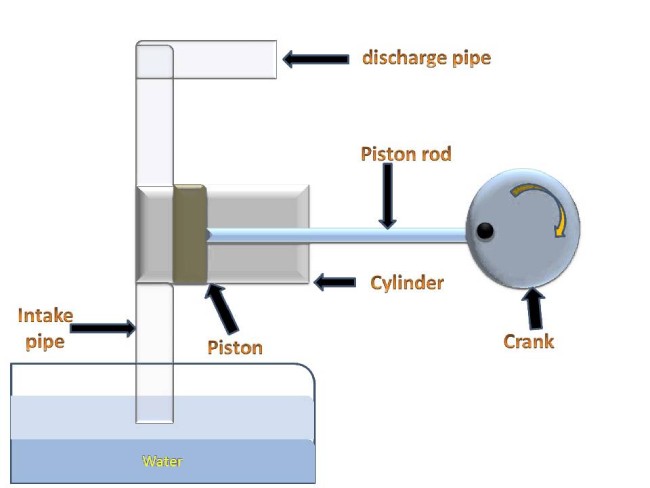
These are other renowned types of pumps that pump the bilge water using a piston or plunger. They’re the most efficient and unfailing pumps you can get. They have the self-priming ability as an advantage. The plunger moves down to suck the water into the pump cavity and moves upward to intensify the water pressure inside.
The major disadvantage is that they are unable to provide a constant water flow and less efficient than some centrifugal pumps.
Reciprocating pumps have 4 different types –
1. Single-stage pump
This pump employs only one cylinder for suction and compression and contains a piston to pump the water. This is viewed as a less efficient type than a multistage pump.
2. Multistage pump
This pump uses multiple cylinders to suck and pressurize the water. Each cylinder contains a piston to pump the water.
3. Single-acting bilge pump
Here, the piston reciprocates in a two-stroke motion and has only one single “end” for compression and suction. It uses the first stroke to suck the water in, and the second stroke to increase the pressure.
4. Double-acting bilge pump
The piston has two ends in this prototype, one end for suction and the other is for compression. The difference in this pump is that it uses a single stroke of the piston to complete both the suction and the compression process.
Diaphragm pump
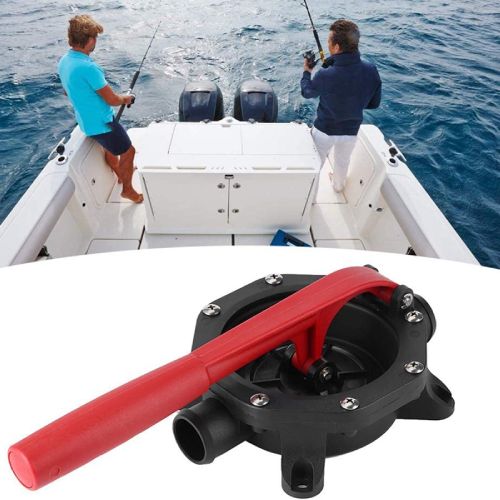
It uses single or multiple diaphragms to increase the water pressure in the bilge. They have low efficiency when compared to centrifugal units but they work well for medium to large size ships. There are self-priming options like reciprocating pumps and you can run them dry as well. They take manual intervention and can tackle high-viscosity water.
1. Single diaphragm pump
Just like its name, it uses a single membrane or diaphragm to push and pull water.
2. Double-diaphragm pump
It has two different paralleled placed membranes or diaphragms in two different cylinders. A connecting rods link these diaphragms.
3. Manual diaphragm pump
Manual diaphragm pumps are incredible to have since you can use them even when there’s no electricity present in the ship and there is no electric motor in this version.
Automatic bilge pump
They can switch on and off automatically and have the ability to clean the water surface without supervision. They’re great for draining flooded basements. They’re electric pumps with bodies made of corrosion-resistant thermoplastic.
Electric motors supply the power to these pumps and the electric switch is used for observing the water level in the bilge.
Bilge pump system components:
- Basic waterproof electrical wiring and components
- Overcurrent protection device
- Indicator lights
- Plumbing lines
- High-quality submersible pump
- Check valves
- A self-priming diaphragm pump
Types of Bilge Pump Switches
-
Electronic water-sensing switches
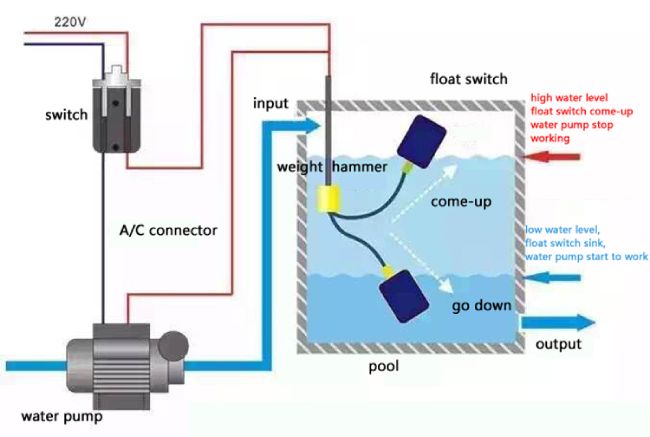
Water-sensing switches detect the level of fluid in your bilge and energize the electrical pump to pump the fluid out until the fluid level is substantially decreased at a point your pump is switched off. It opens or closes the circuit with the rise and fall of the liquid.
-
Double float switches
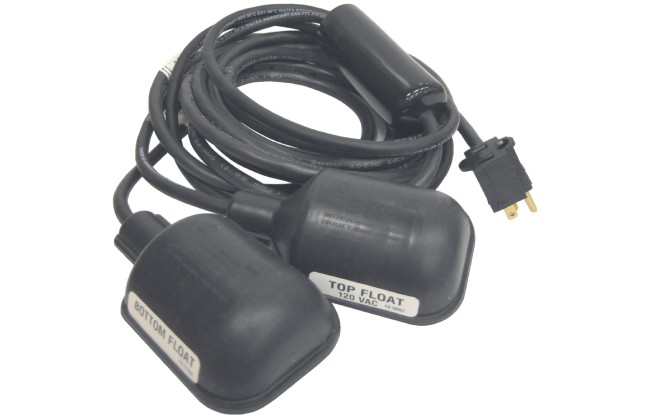
This type includes a splice tube and 2 mechanical floats. There’s a holding relay in the splice tube that allows the floats to work in sequences. It also removes pump chatter in rough conditions letting the switch activate circuit control sections for greater pump applications.
The system turns on when both the floats are in the up position and turns off when both of them are in the down position.
-
Integral automatic switches
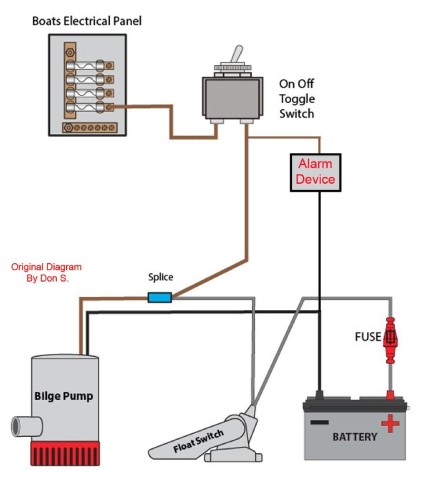
It works in a similar way as all the other float switches as far as water level sensing is concerned. But there are no mechanical floats here, this system uses a sensor/an automatic pivoted float that measures the water in the bilge and acts accordingly.
FAQs
1. Should the bilge pump be left on?
Ans: No, you only need to turn it on to evacuate the excess water out of your boat. Most bilge pumps include an automatic float switch that inspects the water level and turns your pump on and off per its rises and falls.
2. How long should you run a bilge pump?
Ans: On average conditions, a bilge pump needs 10 to 30 minutes to drive out the accumulated liquids in your boat (bilge).

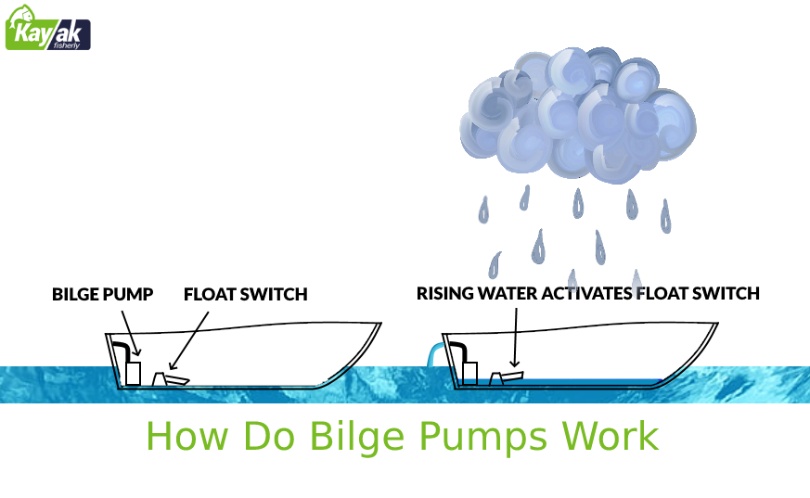
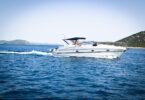





Leave a Comment